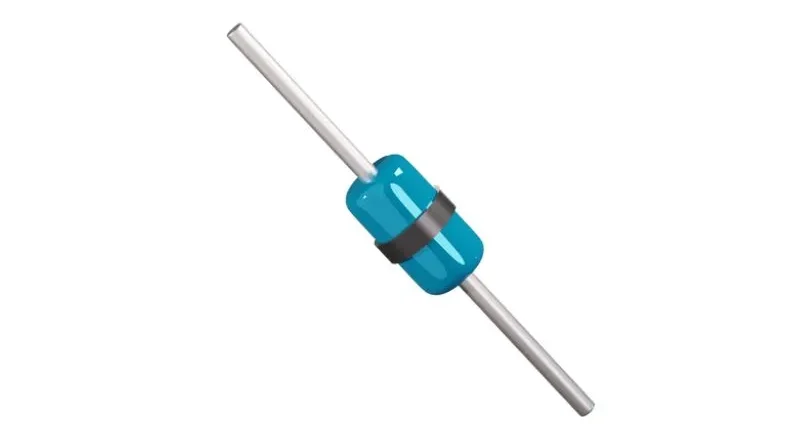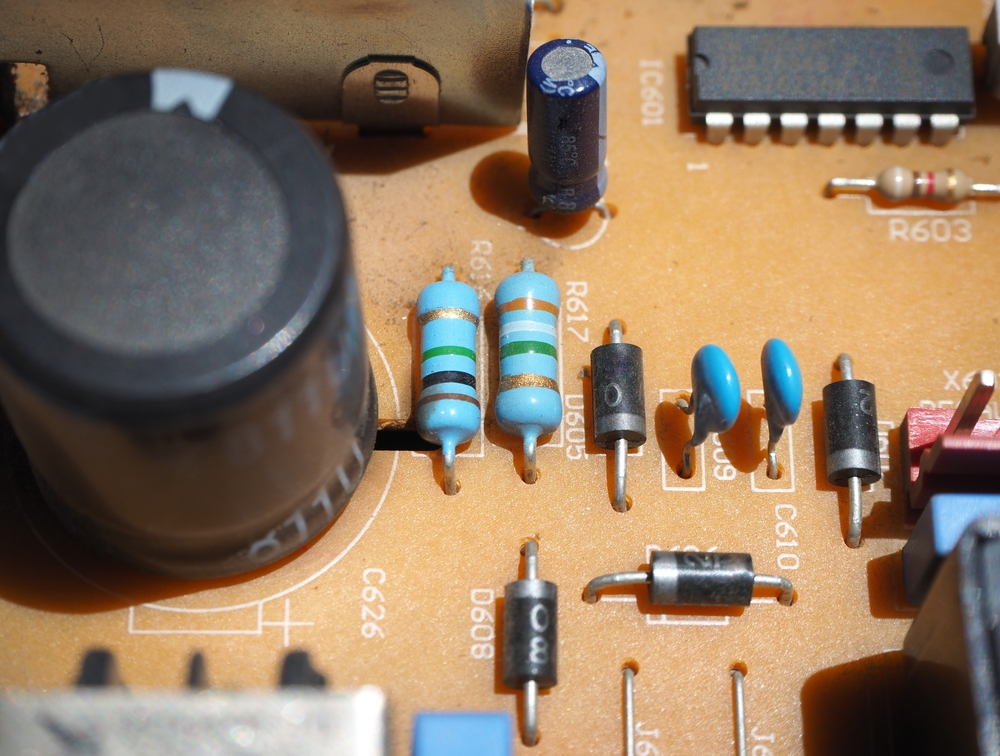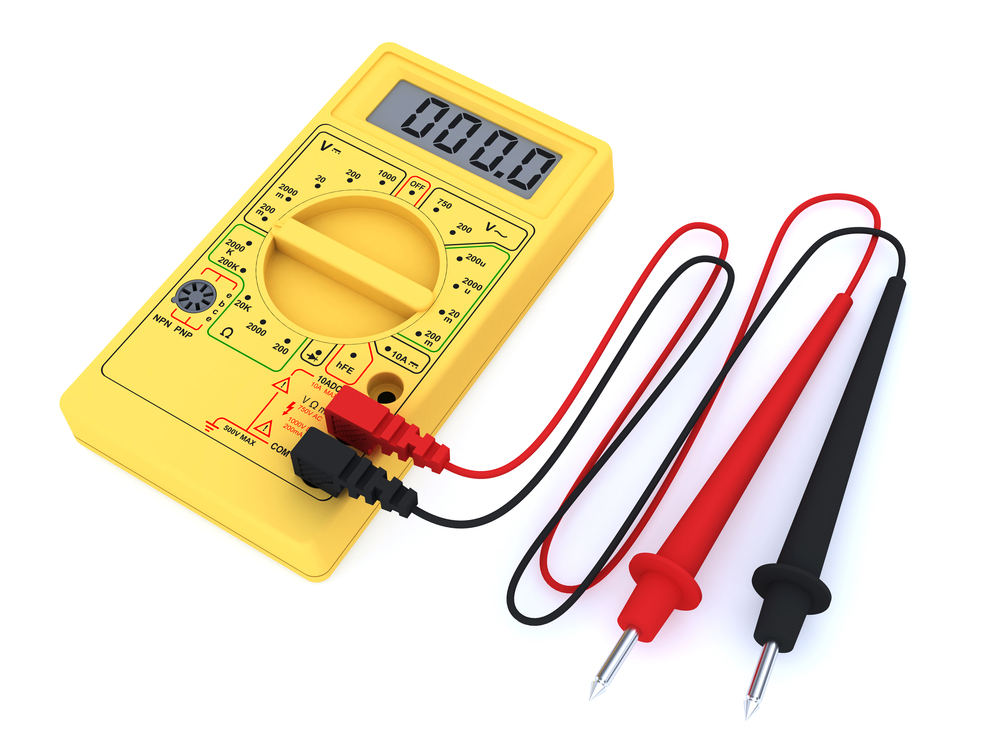
In the dynamic domain of electronics, diodes play a crucial role in shaping the behavior of electrical circuits. Among them, the diac or diode for alternating current stands out as a special component with unique properties. In this comprehensive guide, we embark on a journey to unravel the intricacies of Diacs and examine their functionality, applications, and the crucial role they play in improving the efficiency of alternating current (AC) systems. As we delve deeper into Diac technology, we want to clearly understand how these bidirectional devices contribute to diverse electronic applications, from light dimming to AC voltage regulation.
What is a Diac?
Diac, derived from “diode for alternating current”, is a special semiconductor device that allows bidirectional conductivity in electronic circuits. Structurally, it consists of two layers of semiconductor material connected by a common intrinsic layer. This common layer is critical in allowing the diac to switch between a high-resistance state and a low-resistance state depending on the applied voltage.
Diacs are characterized by their ability to conduct electrical current in both directions, making them particularly suitable for alternating current (AC) applications. This bidirectional functionality distinguishes diacs from unidirectional diodes and allows precise control of the timing and intensity of current flow.
How does a diac work?

The functional principle of a diac is based on the interaction between voltage, rupture and conductivity. When a voltage is applied to the diac, it remains non-conductive until it exceeds a critical limit called breakdown voltage. At this point, the diac switches to a conducting state, allowing current to flow in both directions.
The transition from the non-conducting state to the conducting state occurs through avalanche breakdown in the intrinsic diac layer. This unique behavior makes Diacs effective triggering devices in AC circuits and allows precise control of the current waveform. Once triggered, the diac remains conductive until the voltage drops below a certain threshold. At this point it returns to a high impedance state.
For engineers and electronics enthusiasts who want to explore the bidirectional conductivity of Diacs in a variety of applications, from light dimming circuits to AC voltage regulation, it is important to understand the complex functionality of Diacs.
Diacs applications
Due to their unique properties, Diacs find application in various electronic devices and circuits. Let's take a look at some common applications:
Light dimming circuits
Commonly used in light dimming circuits, Diacs provide precise control of light intensity in residential lighting, theater lighting, and theatrical productions. Due to their bidirectional conductivity, Diacs are suitable for adjusting AC current levels.
AC voltage regulation
In AC voltage control circuits, Diacs play an important role in controlling the timing of the voltage waveform. This is particularly important in applications with stable AC voltage, such as power supplies for sensitive electronic devices.
pulse generators
Diacs are used in pulse generator circuits, where they allow the generation of precise pulses for a variety of applications, including communication and signal processing systems.
Characteristics of Diacs

Understanding the properties of diacs is crucial for their effective implementation in electronic circuits. Here are some important features:
Break the tension
Breakdown voltage is the threshold voltage at which the diac changes from the non-conducting state to the conducting state. This parameter is crucial in determining the diac trigger point in a circuit.
holding the chain
The holding current is the minimum required to keep the diac in a conductive state after tripping. It is essential to ensure stable and continuous operation in a circuit.
Symmetrical conductivity
One of the unique properties of Diacs is their symmetrical conductivity, which allows them to conduct current evenly in both directions. This bidirectional capability is beneficial in AC applications where current flow is alternating.
Choosing the Right Diac for Your Application
Selecting the appropriate diac for a specific application is critical to achieving optimal performance. When choosing a diac, consider the following factors:
Breaking voltage range
Different applications may require diacs with different breakdown voltage ranges. Make sure the selected diac breakdown voltage meets the specific requirements of your circuit.
holding the chain
The holding current must be within the acceptable range for your application to maintain stable conductivity. Check diac holding current specifications to ensure compatibility.
Temperature stability
Evaluate the temperature stability of the diac, especially if the circuit operates at fluctuating temperatures. A Diac with good temperature stability ensures consistent performance in different conditions.
Advantages and limitations of Diac

With their unique bidirectional conductivity, Diacs offer several advantages that make them indispensable in numerous electronic applications. But like any electronic component, Diacs have certain limitations. For engineers who want to realize their full potential when designing electronic circuits, understanding the strengths and limitations of Diacs is critical.
Benefits
- Bidirectional conductivity: Diacs can conduct current in both directions and are therefore suitable for AC applications.
- Precise triggering: Diacs have a precisely defined breakdown voltage and therefore allow precise triggering in electronic circuits.
- Versatility: Diacs are used in various circuits including light dimming, voltage regulation and pulse generation.
restrictions
- Temperature sensitivity: The properties of Diacs can be affected by temperature fluctuations, which requires careful consideration in certain applications.
- Limited Voltage Range: Diacs are most effective within a certain voltage range. Exceeding this range may cause malfunction.
diac specifications
| Diac model | Breaking voltage range | Keeping the current track |
|---|---|---|
| Diac model A | 25V – 40V | 5mA to 15mA |
| Diac model B | 35V – 50V | 10mA – 20mA |
| Diac Model C | 45V – 60V | 15mA – 25mA |
| Diac Model D | 55V – 70V | 20mA – 30mA |
This table serves as a quick reference for engineers and hobbyists who want to select the most suitable diac for their specific application, taking breakdown voltage and holding current requirements into consideration.
Conclusion
In short, Diac is versatile and indispensable in electronic circuits, especially in AC applications. Thanks to its bidirectional conductivity and precise triggering functions, Diac is used in light dimming circuits, AC voltage controls and pulse generators. Engineers and hobbyists alike benefit from the Diac's ability to control the timing and intensity of current flow. However, it is essential to guide the selection process with attention to factors such as breakdown voltage, holding current and temperature stability. To conclude this exploration of Diacs, let's now delve into the role these devices play in shaping the modern electronics landscape.
Related article
What is a Triac: A Guide to Three Pole AC Switch
Common questions
What distinguishes a diac from other diodes in terms of functionality?
Diacs are characterized by their bidirectional conductivity, which allows them to conduct electrical current in both directions – a unique property that is not present in many other diodes.
What is the contribution of a Diac to light dimming circuits and what advantages does it offer in this application?
Diacs play a fundamental role in light dimming circuits because they precisely control the intensity of light. Its bidirectional conductivity allows for effective adjustment of AC power, providing flexibility and precision in light dimming applications.
What factors should be considered when selecting a Diac for a specific application and why is temperature stability crucial?
When selecting a diac, factors such as breakdown voltage range, holding current, and temperature stability must be considered. Temperature stability is critical to ensure consistent performance in environments with varying temperatures and to avoid variations in diac characteristics.

